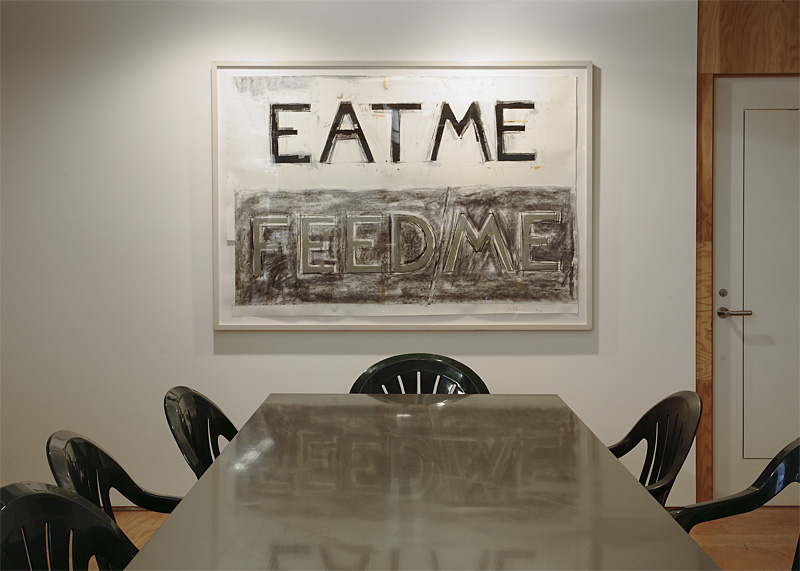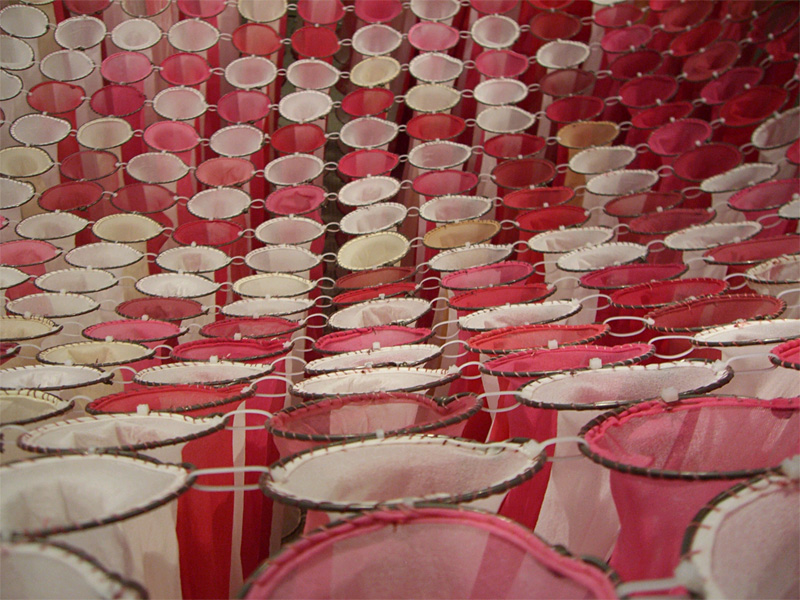It’s summer, when a girl’s mind (or this girl’s mind, anyway) turns to ice cream. But not just any ice cream. I set out to find the purest, richest, most ecologically virtuous ice cream this city could offer, something noncorporate, locally made, using milk and cream from local, grass-fed dairy cows.
I started by making the trek to ice-cream heaven: Bainbridge Island’s two-year-old Mora Iced Creamery (139 Madrone Lane, Bainbridge Island, 855-8822, www.moraicecream.com). Cream is the top note of Mora’s silky product, with the flavor somehow second. Its sabayon flavor (a traditional Italian dessert, also known as zabaglione, made with egg yolks and sweet wine) was almost too rich. The yellow-hued sweet custard was tinged with a bit of marsala, and served at the right, slightly melty texture—soft and yet still on the solid side of the phase continuum. Nearly as tasty were the gianduja (chocolate-hazelnut) and the green tea. Mora makes a whopping 45 flavors, from rose to the namesake mora (blackberry in Italian). It’s some of the richest ice cream I’ve tasted, using cream distributed by Smith Brothers Farms in Kent. Local, yes, and during the summer, the company tells me, the cows are grass-fed. Mora ice cream can be found on Bainbridge and at its Bellevue Square store (Northeast Eighth Street and Bellevue Way, 425-454-2073).
The next locally made indulgence I sampled was Snoqualmie Ice Cream, crafted in Maltby (on the far Eastside) and available at both their factory store (21106 86th Ave. S.E., Ste. A, Maltby, 360-668-8535) and local Whole Foods markets. I understand guar gum and carrageenan are fancy names for seaweed. Still, I was disappointed to find such a long, multisyllabic ingredient list on the label. But one must be brave. Snoqualmie’s Mukilteo Mud (chocolate without the coffee often found in mud-named flavors) had a smooth mouthfeel and a decadent chocolate flavor. The ginger was not quite as supple as the mud, and seemed to contain grains of candied ginger; still, it had a great bite to it. The seaweed was clearly doing its job as an emulsifier, for both ice creams had a nice, thick texture. Spooning up seconds, the ice cream behaved more like gelato. No perfectly formed, round scoops here; the ice cream acted almost like thick taffy, as if the cream were reluctant to break its own bonds. (It comes from Darigold, a cooperative of 760 Northwest dairy farmers.)
Although there are several shops offering locally made gelato in the Seattle area (including Fremont’s Postmark Gelato and Renton’s Perfetto Gelato & Cafe), I visited the shop most likely to be sampled by summer tourists: Bottega Italiana Gelato Caffe (1425 First Ave., 343-0200, www.bottegaitaliana.com), close to Pike Place Market. On one of the first truly warm days of the season, I stopped in to sample the wares. And the wares were good. Bottega Italiana boasts three native Italians as owners; the four-year-old shop offers 45 flavors, from traditional stracciatella (which Americans traditionally know as “chocolate chip”) to more surprising flavors like rice and panna cotta, which means “cooked cream.” Though all gelato is made from milk instead of cream, Bottega Italiana gelato possesses a decadent, creamlike texture, in many vivid flavors. The milk is locally sourced—again, from Smith Brothers—and the flavors are delicious, yet this sweet treat falls short of my über-PC hopes for the ideal frozen dessert, as the milk is not produced by exclusively grass-fed cows.
Sadly, organic, local ice cream from pastured cows does not yet appear to be part of Seattle’s frozen dessert market. Indie farmers, are you listening? PCC, can you make it happen?








